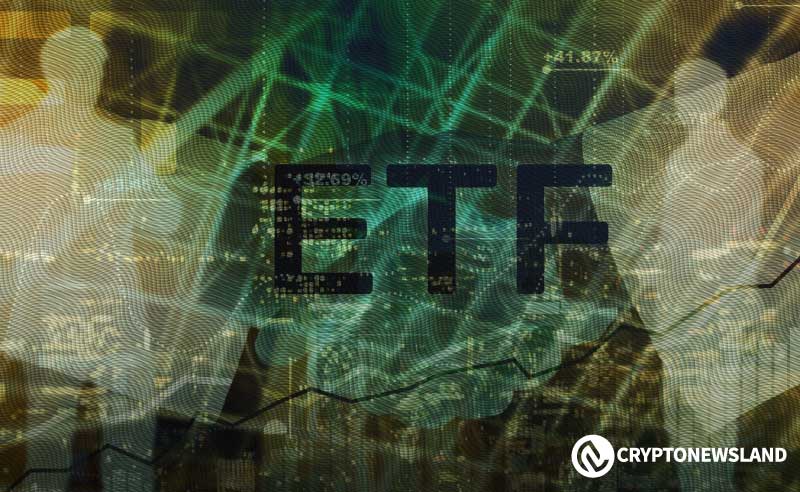- Vitalik Buterin emphasizes Ethereum’s need for simpler storage solutions to enhance scalability while preserving historical data integrity.
- EIP-4444 aims to limit historical data storage to one year, facilitating more efficient node operations and reducing complexity.
- Helios integration will allow users to verify transactions easily, promoting security and interoperability across Ethereum’s Layer 2 solutions.
Vitalik Buterin recently described the obstacles to Ethereum’s long-term viability in a piece. He emphasized the necessity of striking a balance between permanency and complexity reduction. Ethereum must manage growing node storage needs as it develops while making sure decentralized apps (dApps) continue to function well. Therefore, a solution is essential to the security and scalability of Ethereum.
Addressing Storage Challenges
Currently, a fully synced Ethereum node requires around 1.1 terabytes of disk space. This number continues to grow each year due to the accumulation of historical data. Furthermore, the majority of this storage consists of outdated information. Thus, Ethereum’s challenge lies in reducing this bloat while maintaining consensus and access to historical transactions.
Buterin suggests using a model similar to that of torrent networks. In this model, nodes would store only a fraction of the entire data set. This approach allows for a significant increase in the number of nodes. For instance, if 100,000 nodes each stored just 10% of the data, each piece of information would replicate 10,000 times. Consequently, the network’s robustness would remain intact.
EIP-4444 and the Future of Ethereum
Ethereum has already started implementing solutions to address these storage issues. EIP-4444 proposes limiting historical block storage to one year. Moreover, the introduction of a peer-to-peer network will further distribute older data. However, significant work remains to develop and integrate these distributed solutions effectively.
Buterin also emphasizes the need for lightweight clients, like Helios, to support Ethereum’s ecosystem. This integration allows users to verify transactions without needing to run full nodes. Consequently, this development is vital for user security and the scalability of Layer 2 solutions.
Noah Citron, a developer associated with Helios, highlighted the project’s goals. Helios aims to optimize interactions across multiple chains. This approach eases the burden on rollup operators, allowing for greater interoperability. Consequently, rollup operators can manage different Layer 2 solutions without complex full-node setups.
disclaimer read moreCrypto News Land, also abbreviated as "CNL", is an independent media entity - we are not affiliated with any company in the blockchain and cryptocurrency industry. We aim to provide fresh and relevant content that will help build up the crypto space since we believe in its potential to impact the world for the better. All of our news sources are credible and accurate as we know it, although we do not make any warranty as to the validity of their statements as well as their motive behind it. While we make sure to double-check the veracity of information from our sources, we do not make any assurances as to the timeliness and completeness of any information in our website as provided by our sources. Moreover, we disclaim any information on our website as investment or financial advice. We encourage all visitors to do your own research and consult with an expert in the relevant subject before making any investment or trading decision.




